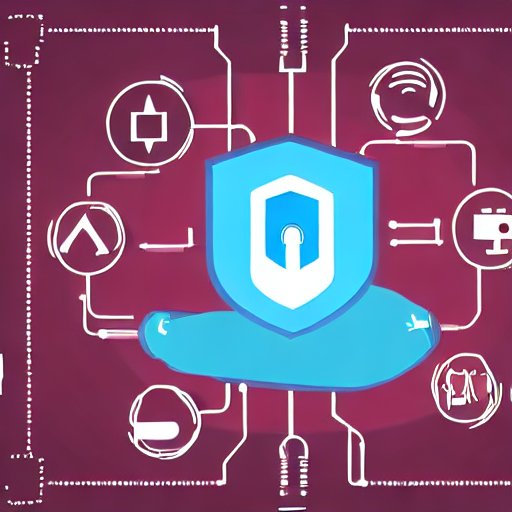The Internet of Things (IoT) has revolutionized the way we interact with technology, enabling seamless connectivity and automation. As the number of IoT devices continues to grow exponentially, it is imperative to address the security challenges associated with this interconnected ecosystem. In this article, we will delve into the world of IoT security, exploring the best practices and measures to protect your connected devices, ensuring cybersecurity and data privacy.
-
Importance of Securing IoT Devices: In an interconnected world, the security of IoT devices is paramount. Failing to secure these devices can leave them vulnerable to cyberattacks and compromise the entire network. Here are some key steps to enhance IoT security:
- Regular Firmware Updates: Keep your devices up to date with the latest firmware releases to patch vulnerabilities and ensure optimal security.
- Strong Authentication: Implement robust authentication mechanisms, such as multi-factor authentication, to prevent unauthorized access to IoT devices.
- Device Hardening: Disable unnecessary features and services on IoT devices to reduce the attack surface and strengthen their security posture.
-
Best Practices for IoT Security: To ensure a secure IoT environment, it is crucial to follow these best practices:
- Secure Communication Protocols: Utilize encryption and secure communication protocols, such as Transport Layer Security (TLS), to protect data transmission between IoT devices and the cloud.
- Access Control and Authorization: Implement granular access control mechanisms to restrict device interactions and ensure that only authorized entities can communicate with the IoT ecosystem.
- Secure Storage of Data: Encrypt sensitive data at rest and during transmission to protect it from unauthorized access.
- Regular Security Audits: Conduct periodic security audits and vulnerability assessments to identify potential weaknesses and address them promptly.
-
Protecting Data Privacy in IoT: Preserving data privacy is crucial in the IoT landscape. Consider the following steps to protect personal information and maintain user privacy:
- Data Minimization: Collect and store only the necessary data, minimizing the risk associated with storing sensitive information.
- User Consent and Transparency: Obtain explicit consent from users before collecting their data and provide clear information about how their data will be used.
- Anonymization and Pseudonymization: Apply techniques such as data anonymization and pseudonymization to protect the identities of individuals and ensure their privacy.
-
Network Security for IoT Deployments: Securing the network infrastructure is vital to safeguarding IoT deployments. Consider the following measures:
- Segmentation and Isolation: Segment the IoT network from the primary network, isolating IoT devices from critical systems to limit potential access points for attackers.
- Intrusion Detection and Prevention: Deploy robust intrusion detection and prevention systems to identify and respond to potential threats in real time.
- Network Monitoring: Implement continuous network monitoring to detect anomalies and suspicious activities, allowing for timely response and mitigation.
Conclusion: Securing the Internet of Things requires a comprehensive approach that encompasses device security, data privacy, and network protection. By following the best practices outlined in this article, you can enhance your IoT security posture and mitigate the risks associated with interconnected devices. Stay vigilant, keep your devices up to date, and prioritize cybersecurity to fully embrace the potential of the IoT while safeguarding your digital assets.


Recent Comments